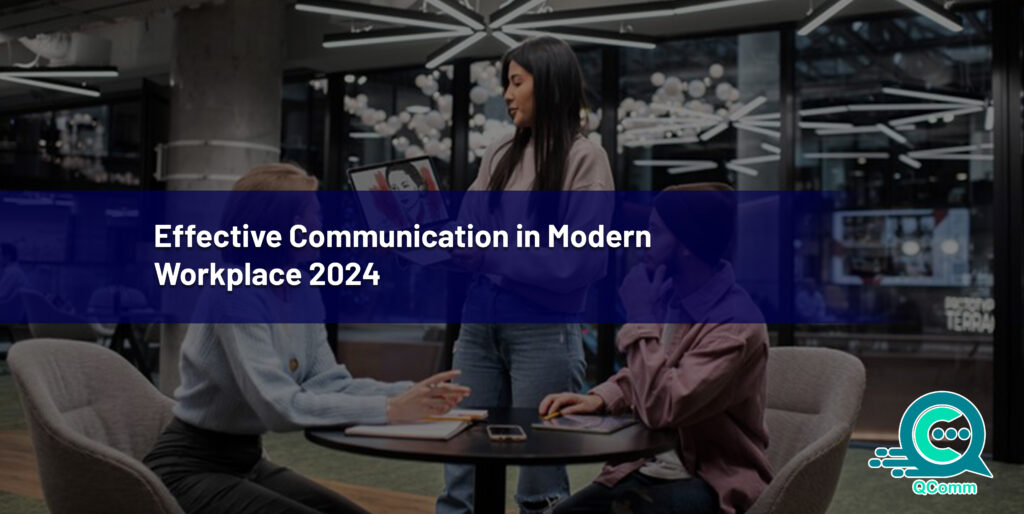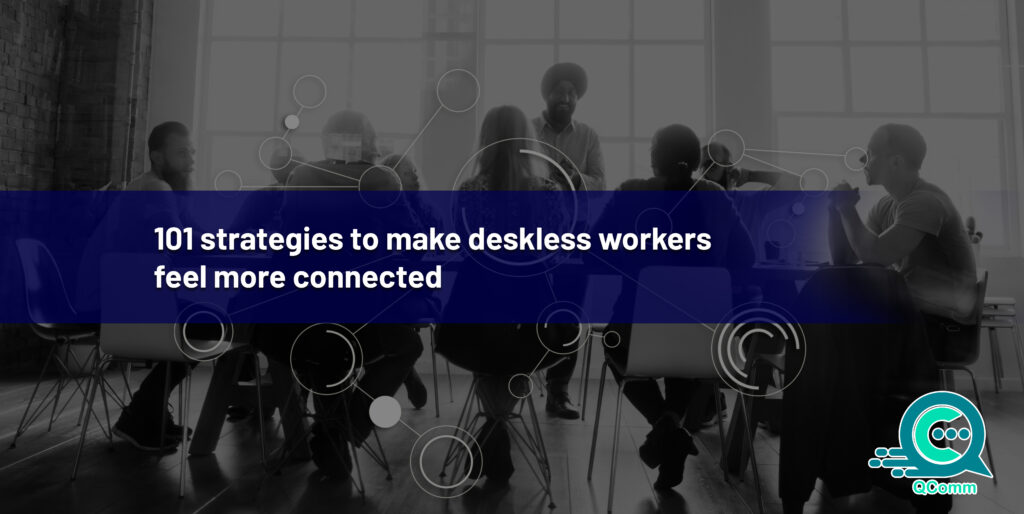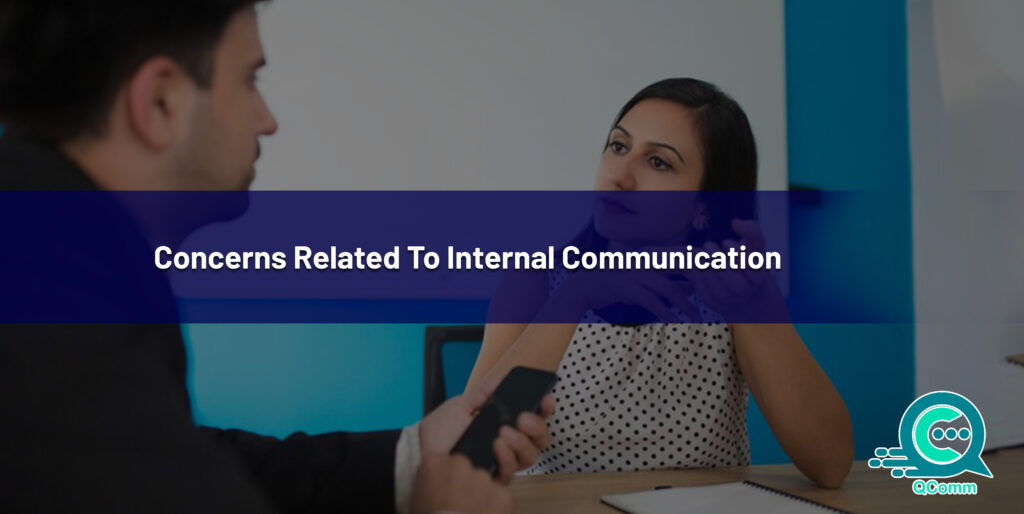
Communication is the backbone of every organization. Just like the spine, it connects and gives the organization a shape. It helps the information flow among all stakeholders, be it inside or outside the organization. It is essential to adopt ways to facilitate effective communication, avoid misunderstandings, and promote growth.
This article covers various ways of communication and the key strategies that one can adopt to introduce effective communication in the workplace. By introducing effective communication, the company promotes growth and optimizes its operations.
Various Forms of Communication
In simple words, communication is an exchange of information. This information can be exchanged in various ways, each catering to a distinct purpose. It is essential to be aware of these forms to communicate effectively by deploying the right form, for the right information, at the right time. Following are the different ways in which an individual can communicate:
Verbal communication: Here the information is exchanged verbally, i.e., through the mouth. The information is given in the form of words and spoken out loud by you or the other person. Verbal communication is adopted during in-person meetings, discussions, and phone calls as it bridges the communication gap and reduces the scope of misunderstandings.
Written communication: It is similar to verbal communication, here the information is given in the form of words but exchanged by writing them down. It is one of the most used forms of communication and can be deployed in the form of emails, reports, and memos. It is the preferred form of communication during any formal conversation as it ensures a lasting record of the information and can be used as proof of the same.
Nonverbal communication: This form of communication is also called manual language, where the information is exchanged without using words. A few examples of nonverbal communication are gestures, body language, and facial expressions. It allows you to express your emotions and attitude very clearly.
Digital Communication: This is the latest form of communication. With all the developments in technology and the digital space, the landscape for communication has evolved. The information is exchanged by using two or more devices. The communication can be in the form of instant messaging, video conferencing, and other collaboration tools. It also enables remote teamwork and collaboration.
Formal Communication: All exchange of official information comes under this form of communication. This way of communication always follows established hierarchies and is majorly used for official announcements and policy updates.
Informal Communication: Unlike formal communication, there are no rules or protocols to be followed in this form of communication. More often than not, this form of communication occurs spontaneously and fosters camaraderie among colleagues, promoting a relaxed and social environment as a getaway break.
When it comes to a workplace environment, we see all of the 6 forms of communication taking place depending on the situation and the information. While we see verbal communication taking place in the meetings, we come across written communication in the form of uncountable emails during the day. Non-verbal communication is noticeable throughout the days, in little details such as frustrations or celebrations. How can organisations not adapt themselves to the ever-evolving technology, by introducing digital communication, to stay connected better and quicker? In the workplace, the majority of conversations are formal, but we also come across quite a few informal sessions taking place over a cup of tea, or mid-day gossip breaks.
While we see so many forms of communication in a workplace, it is essential to maintain a balance between all, to ensure that the organization does not get derailed from its goals and everyone is headed to a brighter and better future.
Six Strategies to Communicate Effectively
Promote open discussion: It is essential to create a culture of inclusivity and diversity in the organization. By incorporating this culture, you encourage employees to speak out their thoughts and views. Once this starts, they tend to participate more in discussions as they feel that their opinions are respected and they add value to the firm. It is a source of inspiration for them, which leads them to work harder and more effectively, and also helps them to collect their thoughts and come up with thoughts and solutions. This step is essential to make everyone feel welcomed and valued in the organization.
Offline vs Online: While the world is seamlessly connected online. With the latest evolutions, everything is available to us at our fingertips. While they help us in various ways, they also add some challenges. With everyone connected online, we get a ton of emails and messages daily, making it difficult to keep an eye out for all of them. We tend to miss out on some information from time to time, which could lead to a communication gap. Organising a quick meeting for some time on the other hand ensures that the communication circle is complete and the receiver gets the message loud and clear. Meeting people or getting over a phone conversation is not only more effective, but also time efficient, and also enhances personal connections.
Clear and concise Language:More frequently than not, we all are occupied with so many tasks at hand that we tend to make mistakes. We tend to work faster to finish our tasks, only to not communicate clearly. Interpreting the tone and decoding the message online can be a little difficult and could lead to misunderstandings from time to time. It is essential to use clear and concise language to communicate your message clearly and avoid any sort of ambiguity.
Always proofread your emails, correct spelling, and punctuation, and check for grammatical errors before sending them. A well-written email conveys competence and attention to detail. Be mindful of the tone of your emails. Maintain a respectful and courteous tone, and avoid words that may be misinterpreted.
Mindful about body language:Effective communication at the workplace extends beyond words. The way people carry themselves around, says a lot about them. Facial expressions and body language play a crucial role in communicating messages. Little details like smiling, maintaining eye contact, and having an upright posture help you communicate your message with a positive physical presence. This not only demonstrates your interest but also encourages others to express themselves more openly.
Add value to meetings:Meetings are one of the most common forms of communication at the workplace, but at times they can turn out to be unproductive and time-consuming. One should hold a meeting only if it is necessary and will add value to the work and people involved. To enhance the efficiency of meetings, establish clear agendas outlining topics to be discussed. Set time limits to ensure that discussions stay focused and do not veer off track.
Use Visual Elements:Incorporating visual elements like images and videos is a great tool to assist communication. Visual elements such as graphs, light-hearted memes, photographs, or even videos are a great way to present your information, capture the audience’s attention, and simplify complex information, thereby aiding effective communication.
Bonus Pointers:
Here are a couple of bonus pointers to level up your communication skills and contribute positively at work by fostering collaboration and minimizing misunderstandings:
Active Listening: Giving undivided attention to people, makes them feel valued and respected. While is it important that people put forward their views and take a stand, it is equally important to listen to what others have to say. Listen to them, clarify your doubts, and communicate effectively.
Feedback and constructive criticism: Do not hesitate to give feedback to your colleagues, but mind your tone and intention. Do not criticize someone just for the sake of it or to showcase your power. Giving constructive criticism in the right tone is essential to bring a growth mentality to the table.
Tailor your communication style: Each individual is different, so it is essential to keep the recipient in mind while talking to him/her. Tailor your communication methods to adapt to them to ensure effective communication. This small change will have a huge impact on the culture and promote effective communication.
Examples of Effective Communication
Effective communication is a skill. This skill can be learned by practicing as frequently as possible. It is a two-way street; Listening is equally important as speaking, to close the loop of communication. While keeping the above strategies and bonus pointers in mind, the following are a few examples of effective communication at work:
- The manager values their employees and provides regular feedback to their subordinates, to help them get a better version of themselves.
- The HR conveys all policy changes over email, along with timely reminders so that no one misses them.
- The list of holidays is pinned on the notice board, and accessible to everyone, to make sure everyone gets the leaves they deserve.
- Timely surveys are shared to listen to what employees are feeling and where can the company improve.
- Timely meetings are conducted to make sure that any developments are shared at the earliest to keep everyone up-to-date, and informed, to work effectively.
Your Effective Communication Checklist
- Be clear and concise.
- Use plain language and avoid jargon.
- Listen actively and not just speak.
- Respect others’ time and opinions.
- Enable feedback and constructive criticism.
- Be honest and transparent.
- Follow up timely.
- Choose the form of communication wisely.
- Use visual elements to simplify complex information.
- Avoid unnecessary meetings.
- Keep a check on your nonverbal communication like facial expressions.


